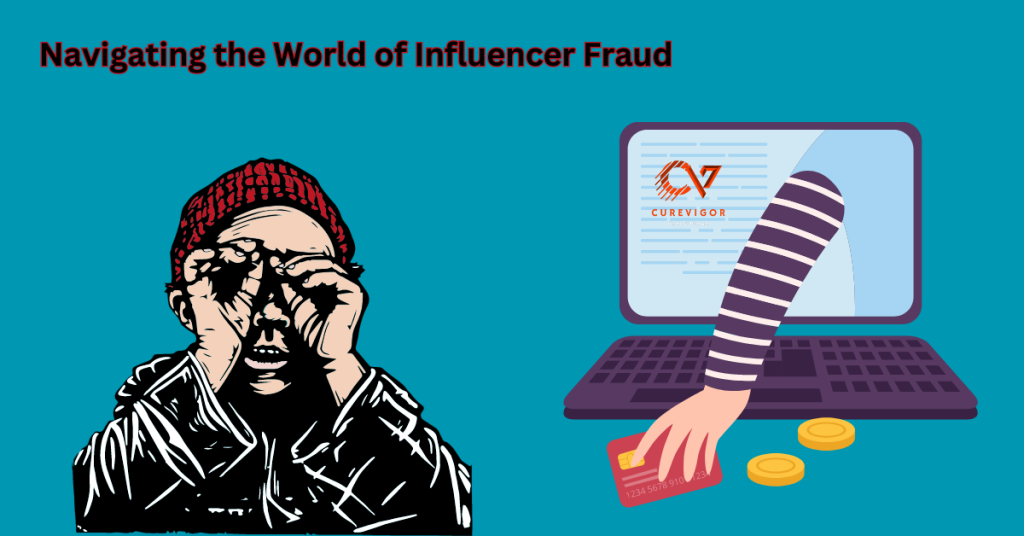How to Unveil the Power of Your Success Story: The Importance of Building a Meaningful Portfolio
Explore the profound impact of your success story in your portfolio. Learn how to craft a compelling narrative that captures attention, showcases your purpose, and cultivates meaningful relationships. Find out why a purpose-driven portfolio is essential for career growth and personal fulfillment. Unleash the power of your journey toward success and create a portfolio that leaves a lasting impression. The Role Of a Success Story In Your Portfolio In a world driven by accomplishments and achievements, finding true fulfillment can often become elusive. Many individuals spend their lives pursuing material success, only to realize that it falls short of providing lasting happiness and a sense of purpose. The key to unlocking a fulfilling and impactful life lies in understanding the significance of your success story and showcasing it in your portfolio. By delving deep into the purpose behind your work, cultivating meaningful relationships, and embracing personal growth, you can create a portfolio that not only captures attention but also becomes a testament to your journey towards a purpose-driven life. How a Solid Formula of Success Works: Unveiling the Path to Achievement 1. Vision: Illuminating Your Path to Purposeful Success In the pursuit of a fulfilling and impactful life, having a clear vision is paramount. Your vision serves as a guiding light, directing your actions and choices toward a purposeful existence. It is the powerful force that ignites your passion and fuels your determination. By envisioning the life you desire, both personally and professionally, you lay the foundation for success in your portfolio. Embrace your dreams, envision the impact you want to create, and let your vision become the compass that guides your journey. 2. Goals: Setting the Coordinates for Achievement With your vision in place, it’s time to translate it into actionable goals. Goals are the milestones that mark your progress and propel you forward. They provide the structure and direction needed to turn your vision into reality. Set specific, measurable, attainable, relevant, and time-bound (SMART) goals that align with your purpose. These goals become the coordinates on your success map, guiding your efforts and measuring your achievements. Let your goals be ambitious yet realistic, challenging you to reach new heights while ensuring steady progress. 3. Plan: Charting Your Course to Success A well-crafted plan is a roadmap that takes you from where you are now to where you want to be. It outlines the steps, strategies, and resources required to navigate the challenges and seize the opportunities that lie ahead. Your plan serves as a blueprint for success, providing clarity and focus amidst the complexities of your journey. Break down your goals into smaller, actionable tasks, and create a timeline that keeps you accountable. With a comprehensive plan in place, you can approach each day with purpose and confidence, knowing that you are on the right track. 4. Actions: Bringing Your Success Story to Life Vision, goals, and plans are meaningless without action. It is through intentional and consistent action that you breathe life into your success story. Take decisive steps towards your goals, embracing both the triumphs and the setbacks as opportunities for growth. Stay committed to the pursuit of excellence, continuously refining your skills, expanding your knowledge, and seeking new experiences. Your actions reflect your dedication, perseverance, and unwavering belief in the power of your purpose. Let your actions speak louder than words and make every moment count on your journey to a remarkable portfolio. Success is not a destination but a continuous process of growth and achievement. By embracing a solid formula of success, fueled by a clear vision, well-defined goals, a strategic plan, and purpose-driven actions, you set yourself on a path to realizing your true potential. Embrace the power of this formula and watch as your success story unfolds, leaving an indelible mark on your portfolio and the world around you. Life Imagination without Thinking Success Imagine a life where success is not measured solely by material wealth or accolades but by the profound impact you make on the world and the people around you. Such a life is within your reach, and it starts with discovering your core purpose[1]. As Bob Buford, author of the bestselling book “Halftime,” realized, success without significance is an empty pursuit[1]. It is never too early to embark on this journey, and by building a portfolio that reflects your purpose and growth, you can create a narrative that captivates others. How Your Portfolio is not merely a collection of work samples Your portfolio is not merely a collection of work samples; it is a powerful tool for storytelling. Just as stories captivate our attention and evoke empathy, your portfolio can convey the essence of your professional journey. Craft your narrative by sharing the challenges you faced, the lessons you learned, and the personal growth you experienced along the way. Engage your audience by highlighting the process behind your final design solutions, demonstrating your ability to adapt and overcome obstacles. Showcasing the richness and diversity of your experiences will leave a lasting impression and help potential employers or collaborators envision the value you bring. Moreover, a well-structured story has a profound impact on how others perceive you. You convey your resilience, adaptability, and passion for continuous improvement by choosing a project that challenged you and features moments of reality and growth. Embrace the messiness of the journey and let it weave the threads of your story together, creating a compelling narrative that resonates with your audience. Professional Accomplishment Building a portfolio goes beyond showcasing your professional accomplishments; it is about creating a career portfolio that embraces the concept of lifelong learning and exploration. By expanding your skills, experiences, and talents, you enhance your professional identity and open doors to new opportunities. In a rapidly changing world, where adaptability and versatility are highly valued, your career portfolio becomes a testament to your ability to navigate diverse challenges and connect different domains of expertise. Conclusion As you embark on the journey of creating your success story within your portfolio, remember




